You are invited to attend the Royal Society of Chemistry’s Healthcare Innovation event on Wednesday 18 April, 5.30 pm at The Chemistry Centre, Burlington House, London, W1J 0BE
The Discovery of Brilinta – Daring to be Different
Dr John Dixon CChem FRSC
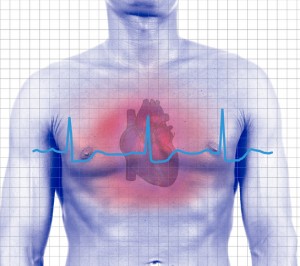 Over the last 30 years, improvements in healthcare and technology have led to an increase in life expectancy and a general rise in the level of health. The UK has for decades been a world leader in medicines discovery and research. The Discovery of Brilinta is a unique example of UK drug discovery excellence and is a potential blockbuster for the treatment of antithrombotic conditions for use in reducing heart attacks and cardiovascular death.
Over the last 30 years, improvements in healthcare and technology have led to an increase in life expectancy and a general rise in the level of health. The UK has for decades been a world leader in medicines discovery and research. The Discovery of Brilinta is a unique example of UK drug discovery excellence and is a potential blockbuster for the treatment of antithrombotic conditions for use in reducing heart attacks and cardiovascular death.
Our keynote speaker, Dr John Dixon will outline aspects of the discovery of Brilinta (ticagrelor) from the chemical starting point of ATP leading to a complex carbocyclic nucleoside analogue which was developed into a immediate release tablet. Ticagrelor is a reversible, selective P2Y12-receptor antagonist which was finally approved by the FDA in 2011 and is marketed in most countries.
The RSC has organised this event to highlight the pivotal role played by medicinal chemists in the discovery of Brilinta as well as provide a discussion forum for anyone who has an interest in the future of UK drug discovery. The nature of drug discovery is changing and is under considerable pressure due to escalating R&D costs and high drug discovery failure rates. Will it be possible to peruse complex drug discovery programmes in a fragmented environment?
I do hope you are able to join us for what will prove to be a very exciting and interesting lecture and discussion. Refreshments are available from 5.30 pm. The lecture will start at 6.00 pm and will be followed by a wine reception.
Please register here by 13 April or RSVP to sciencepolicy@rsc.org. Spaces are limited and will be allocated on a first come, first served basis.
About the Keynote speaker:
Dr John Dixon has 36 years experience of medicinal chemistry and drug discovery. He was Head of Medicinal Chemistry for 20 years at Fisons, Vice President of Pre Clinical R&D at Astra Charnwood for 4 years and Vice President of Drug Discovery at AstraZeneca Charnwood for 9 years. As VP of AstraZeneca Charnwood he was involved in development of 35 candidate drugs, particularly in the respiratory area. In July 2008, John became Director of JD International Consulting Ltd, an independent consultancy working with pharmaceutical and biotech organisations around the world. John is a Fellow of the Royal Society of Chemistry and Member of the American Chemical Society and has served on several professional and academic advisory committees.
Posted on behalf of the Conferences and Events team
 The nature of drug discovery is changing, but the UK remains a world leader in the development of new medicines. The discovery of Abiraterone is one recent success, developed at The Institute of Cancer Research (ICR) and The Royal Marsden Hospital (RMH). In 2011, it completed its journey from an idea to a life-extending treatment for men with advanced prostate cancer.
The nature of drug discovery is changing, but the UK remains a world leader in the development of new medicines. The discovery of Abiraterone is one recent success, developed at The Institute of Cancer Research (ICR) and The Royal Marsden Hospital (RMH). In 2011, it completed its journey from an idea to a life-extending treatment for men with advanced prostate cancer.










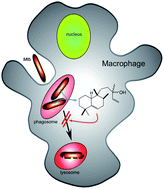
![GA[3]](https://blogs.rsc.org/md/files/2012/06/GA31.gif)
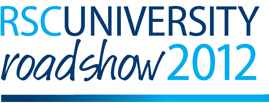
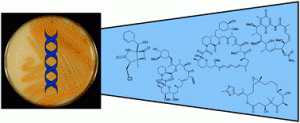

![GA[7]](https://blogs.rsc.org/md/files/2012/04/GA7.gif)
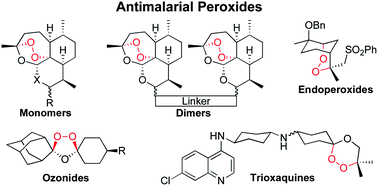

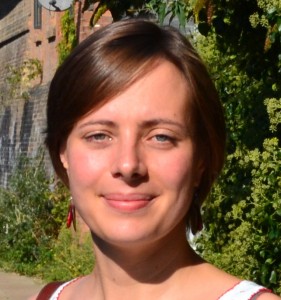
![Rich_med_tcm18-153780[1]](https://blogs.rsc.org/md/files/2012/01/Rich_med_tcm18-1537801.jpg)